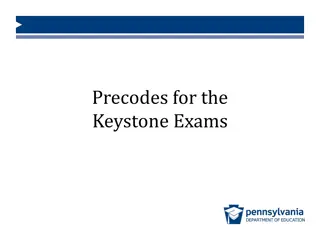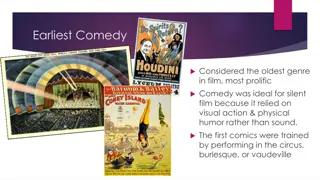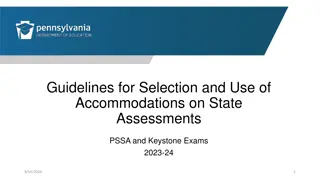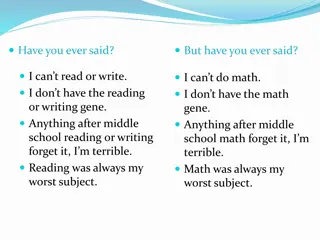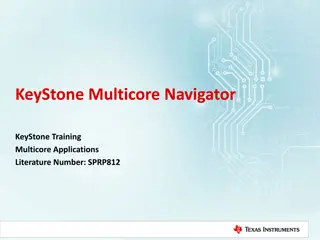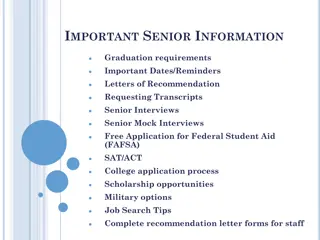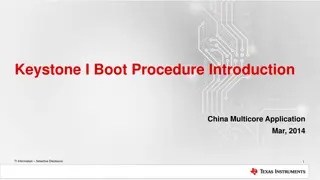Keystone Review
Delve into the nuances of literary language with definitions and examples of connotation, denotation, cultural significance, generalization, affixes, allusions, and dialects. Explore how words go beyond their literal meanings to evoke emotions and cultural contexts, shaping the depth of literary works through various linguistic devices.
Download Presentation

Please find below an Image/Link to download the presentation.
The content on the website is provided AS IS for your information and personal use only. It may not be sold, licensed, or shared on other websites without obtaining consent from the author.If you encounter any issues during the download, it is possible that the publisher has removed the file from their server.
You are allowed to download the files provided on this website for personal or commercial use, subject to the condition that they are used lawfully. All files are the property of their respective owners.
The content on the website is provided AS IS for your information and personal use only. It may not be sold, licensed, or shared on other websites without obtaining consent from the author.
E N D
Presentation Transcript
Keystone Review Week One, Period Two
The range of associations that a word or phrase suggests in addition to its dictionary meaning. Example: Shakespeare in his Sonnet 18 says: Shall I Compare Thee to a Summer s Day Here, the phrase a Summer s Day implies the fairness of his beloved. Connotation
Denotation refers to the use of the dictionary definition or literal meaning of a word. Example: They built a house. In the above sentence, house is meant literally as in a building where a family lives. If the word "home" was used instead in the above sentence in place of "house", the meaning would not be so literal as there are many emotions associated with the word "home" beyond simply the structure where people live. Denotation
The generally accepted importance of a work representing a given culture. Cultural Significance
A conclusion drawn from specific information that is used to make a broad statement about a topic or person. Generalization
One or more letters occurring as a bound form attached to the beginning, end, or base of a word and serving to produce a derivative word or an inflectional form (e.g., a prefix or suffix). Affix Example: ex-President (The affix is the prefix ex-.); laughing (The affix is the suffix ing.)
An implied or indirect reference in literature to a familiar person, place, or event. Example: It s no wonder everyone refers to Mary as another Mother Teresa in the making; she loves to help and care after people everywhere-from the streets to her own friends. Allusion In the example the author uses the mention of Mother Teresa to indicate the sort of qualities that Mary has.
A variety of a language distinct from the standard variety in pronunciation, grammar, or vocabulary. Dialect
A narrative device, often used at the beginning of a work that provides necessary background information about the characters and their circumstances. Exposition
Though unexpressed in the actual text, meaning that may be understood by the reader; implied. Implicit









